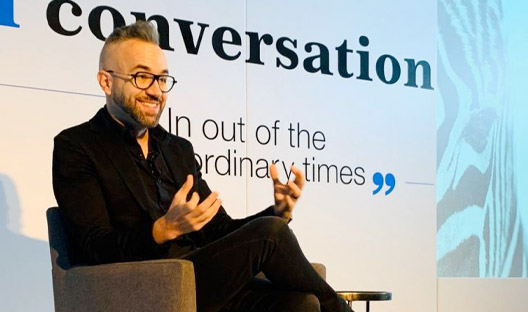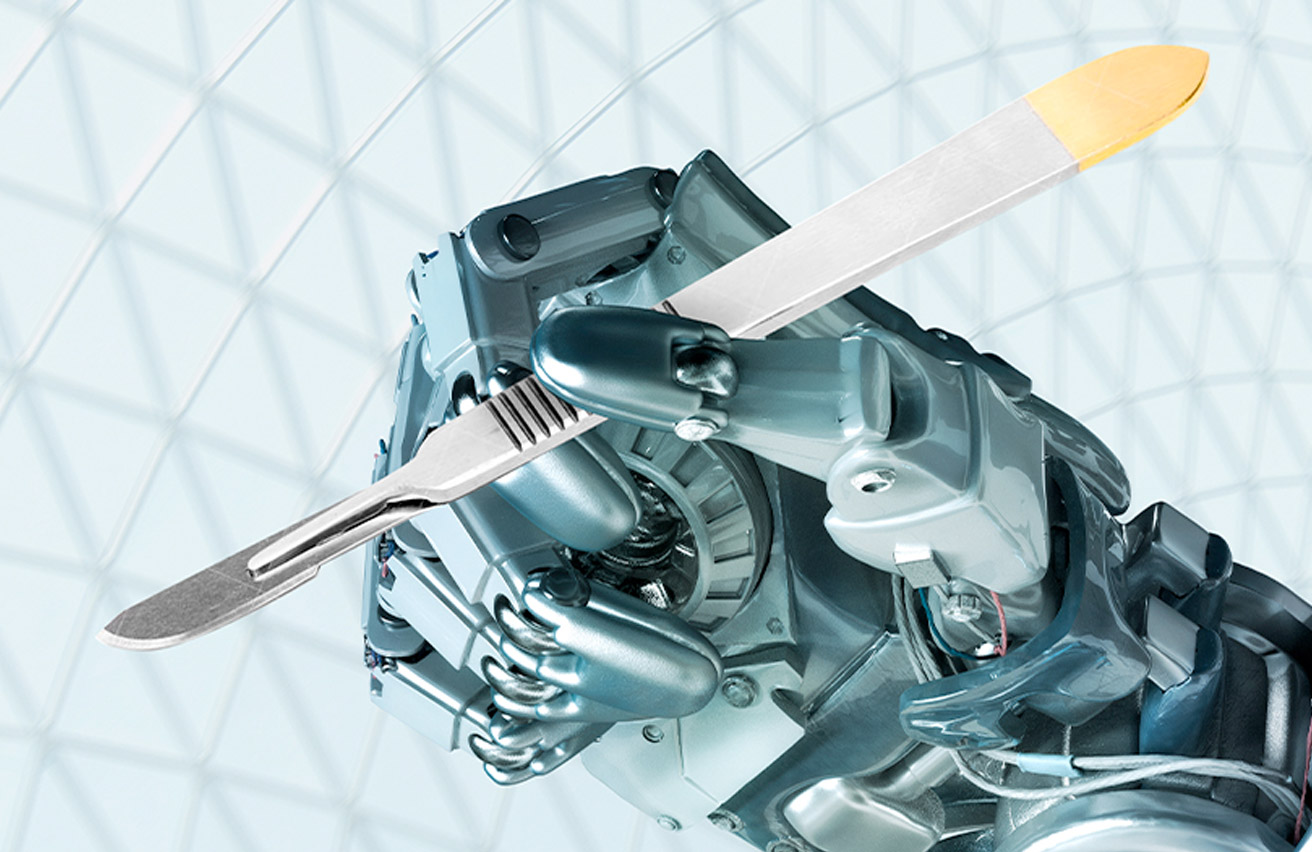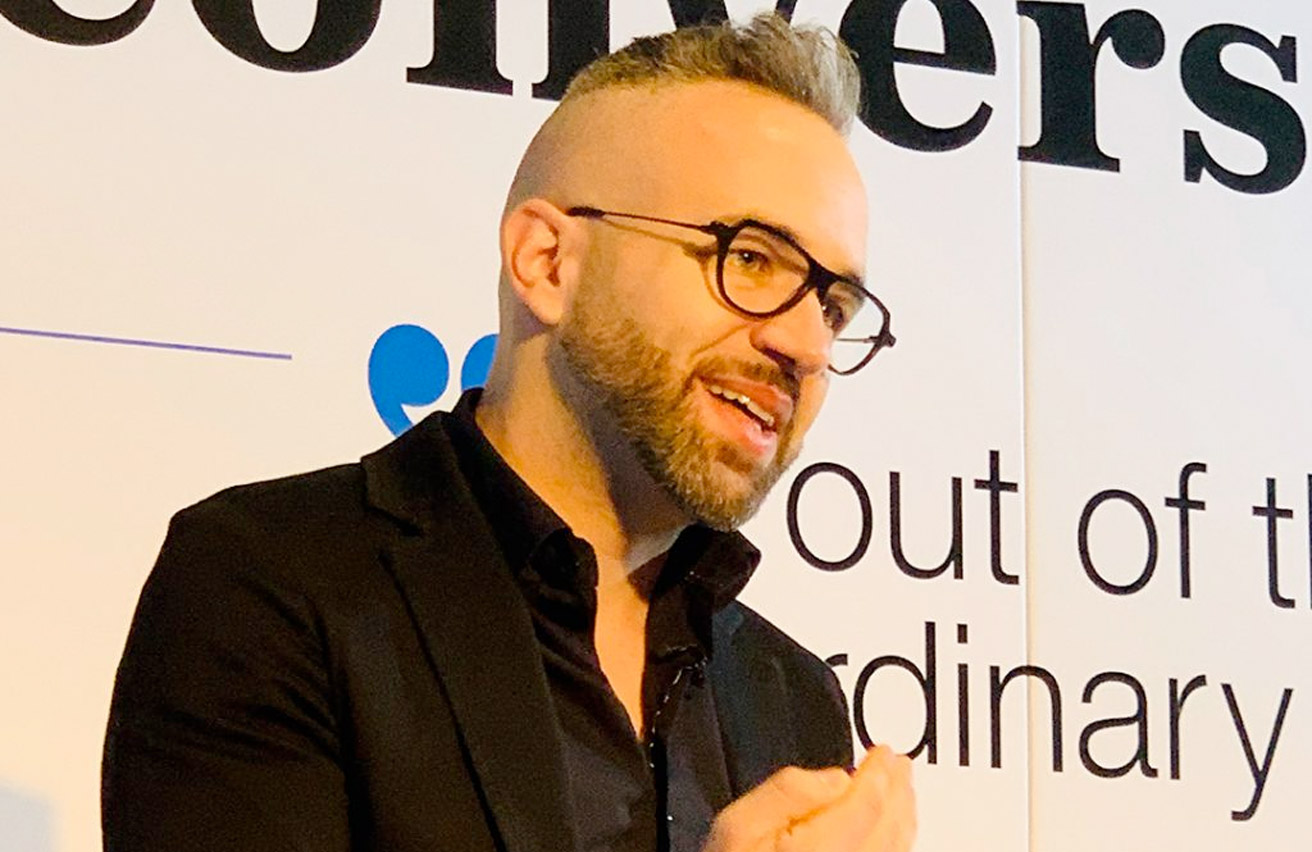Where did your interest in AI, robotics and biomedical engineering start?

I am an electrical and biomedical engineer. I studied and now lecture at Wits University in engineering and in medicine. I work as an entrepreneur (AURA, Tariffic, Lawbuntu, etc) and a prototyper of new start-ups in all things technology. I am also a faculty member at Singularity University, the California-based think tank.
My initial interest in AI and robotics was cultivated, I believe, through my childhood when I became more intrigued with technology. During my time in Engineering at Wits and through prototyping new pieces of technology, I really got interested in this space.
Biomedical engineering uses engineering principles to solve both medical and health-related problems. For me, this was so interesting because I had been struggling with a personal medical condition. I was motivated by the idea that I could use these technologies to help others.
How would you explain AI, robotics and cloud computing?
AI and robotics are two connected disciplines. AI is really an encompassing field that consists of a number of different subset fields, such as machine learning. In AI, we’re looking at how to replicate the functionality of the human brain in the technological domain. Machine learning is all about how a machine can learn, without necessary human intervention, to replicate a task that a human would do ordinarily.
Robotics is more about the ability to create something that acts in a world. It could be the real world or an alternative world (like a simulation), but robotics is doing some activity or action that fulfils a purpose in the real world.
I often work with cloud computing. A cloud computing provider will give me access to remote computers, that I then use to solve a problem. I spend a lot of time hacking away at new pieces of prototypes, through cloud computing, to create a prototype or a machine learning system that I can then evaluate.
Cloud computing really enables this, because I can scale up on systems massively and very quickly and at low cost, and then scale down on those systems once I’ve completed whatever it is that I’m trying to solve.
You’ve said that tech is slow until it is sudden. What do you mean by that?
Tech is slow until it is sudden, and actually deceptively so. When technology starts, it’s often disappointingly slow. It may come into our lives in a very cumbersome way. We don’t really regard it highly. In fact, sometimes we laugh at it because it seems so primitive.
What inevitably happens is that technology starts to grow and accelerate in an exponential way. The utility increases, the efficacy of the technology increases and the impact on our lives increases – but the price also decreases. It becomes democratised and the technology becomes utterly game-changing.
What effect could tech have on healthcare specifically?
I believe technology is having a massive impact on healthcare and will continue to do so. I like to look at healthcare as this holistic end-to-end system and there are number of pillars, or touchpoints, where it can be influenced, where technology can intervene.
There’s no doubt that the technology interventions in healthcare will not only be impactful for individual patients, but also for practitioners in the way that they engage in their daily work.
For example, individual patients have become much more empowered in terms of their data, having access to their data and having access to information online.
From a healthcare perspective, this is a double-edged sword. On the one hand, patients are much more empowered and in control of their healthcare trajectory. On the other, it’s causing great distress to patients and potentially to clinicians, because patients may be misdiagnosing themselves with the information they read online. So, there really is this duality that’s happening in healthcare because of this democratisation of information.
If we look at another example, my belief is that clinicians are now more augmented than they’ve ever been before – not only do they have augmentation on their knowledge, where they can look online and find all of this information at their fingertips, but they have other augmentation. For example, the DaVinci robot allows a surgeon to operate, quite seamlessly, on something as small and delicate as a grape. This is a great augmentation of a surgeon’s inherent ability.

AI in the operating room – already a reality.
But, people can be quite apprehensive about technology?
As human beings, we perceive this frontier of technology to be external to us, but the strange thing is that actually we participate greatly in this frontier. We are the very people bringing about this change with technology. It’s somewhat ironic that we are so afraid of technology when actually we are in control of it. We are bringing it about, and it actually should serve us. And I think that applies greatly in healthcare.
With new technologies on the rise, healthcare professionals do feel a level of anxiety. But it can make us better at what we do and scale our abilities.
Technology can augment us. It can make us better at what we do and scale our abilities. For example, there’s a great shortage of radiology services in many countries. Through the onset of telemedicine, we can leverage these types of remote systems, to allow a radiologist to diagnose a patient that they may never have actually met. This can happen at some level of scale, and a radiologist could then be overseeing a number of simultaneous diagnoses.
The very specialist knowledge encapsulated in the current professional can be, potentially, leveraged into a system to achieve healthcare at a better scale and improve health outcomes.
Hyper-personalisation seems to be on the cards?
I believe nowadays instead of going out and seeking the world, we’re finding ourselves in a world where the world is seeking us. The way I think it’s going to be so impactful is in the world of hyper-personalisation.
Instead of us going out and seeking out healthcare interventions, we could be living in a world where we’re non-invasively measured throughout our daily lives, without technology interfering with our activities. We won’t necessarily need to have a needle prick to have something measured about our blood.
Through these non-invasive measurements, we’re going to have data systems in the background that will analyse what we need and what needs to be done to intervene in our health. And, then potentially even access the supply chain to get that to us.
What is the effect of tech democratising?
One of the most fascinating things about technology right now is that it democratises. Technology not only becomes cheaper, but it also starts to proliferate through our society. What’s truly remarkable about this is it means access to technology and the barrier to obtaining and leveraging technology starts to diminish.
Where people are living remotely with little access to technology, telecommunications and computing enable people to access technology. With this democratisation, they can start participating in this innovation wave. They can be solving their local problems, unique to them, through technology. That is truly exciting.
For example, the cost of microcomputers called Raspberry Pies, has come down dramatically and the computational ability of it has been increasing. This means that any person can take one of these mini computers and start hacking away with it, creating a system with it, and changing lives with it. There really is this wave of innovation that is possible.
With this democratisation, people can start participating in this innovation wave. They can be solving their local problems, unique to them, through technology.
How do you spot the opportunities for innovation?
We are undergoing a technological revolution, but technologists often rely on other people to spot opportunities. For example, young professionals, regardless of the industry they work in, can identify opportunities and then work with technologists to leverage technology for innovation.
I’ve often said that the perceived barriers to innovation are actually somewhat artificial. We’ve demonstrated that, for very low cost and at very high speed, we’re able to deploy a team of engineers who can solve a given problem. Now, certainly, we don’t solve it to commercial completion, but we certainly have a prototype, and with that prototype, we could go and raise funding or continue iterating with it or testing it out in the market as a minimum viable product.
It effectively shows that the barriers to innovation are not as great as we believe, and we can access these technologies to go out and innovate.
What is your advice for tech entrepreneurs?
As entrepreneurs, we may face barriers or boundaries and drop out at those points. If you have an idea that you’re working on, but you hit a barrier, that idea may never see the light of day. If we don’t persist through barriers or find a way around the problem, through the problem, or over the problem, we end up potentially obliterating that idea and never having it released into reality.
I think entrepreneurs who are able to persist and create whatever it is they’re trying to create, despite these challenges, are the ones who end up having their ideas see the light of day.
I like to think about AURA, which is basically democratising access to armed response in South Africa. In creating AURA, there were all sorts of barriers that could have resulted in it becoming extinct, but by persisting through those challenges we found a way through, and we’ve managed to launch this business into the market.
I think it’s also so essential for us to make measurements of whatever problem we’re trying to solve. We often neglect to measure and test our hypotheses. We make assumptions. We don’t necessarily get enough data points and that ultimately may lead to us going down the wrong path.
So, it’s essential not only to prototype and to test the prototypes in the market, but it’s essential to do so quickly.

“Entrepreneurs persist despite the challenges” .
What keeps you inspired?
I love this idea that we can have an idea, and then bring that idea into the real world. It’s almost like through having an idea, we can extend our own nervous system and our own neurology into the world.
What keeps me inspired is the idea that we can create new things in this world and that we don’t have to necessarily rely on the world as we see it. We can wield technology to change the world as we see it, and that’s incredibly empowering.
So, every day when I get up I’m excited by the opportunity to engage with technology, to try and solve problems, and to look at how these solutions can actually change our society. To me, that is an incredibly exciting frontier.

